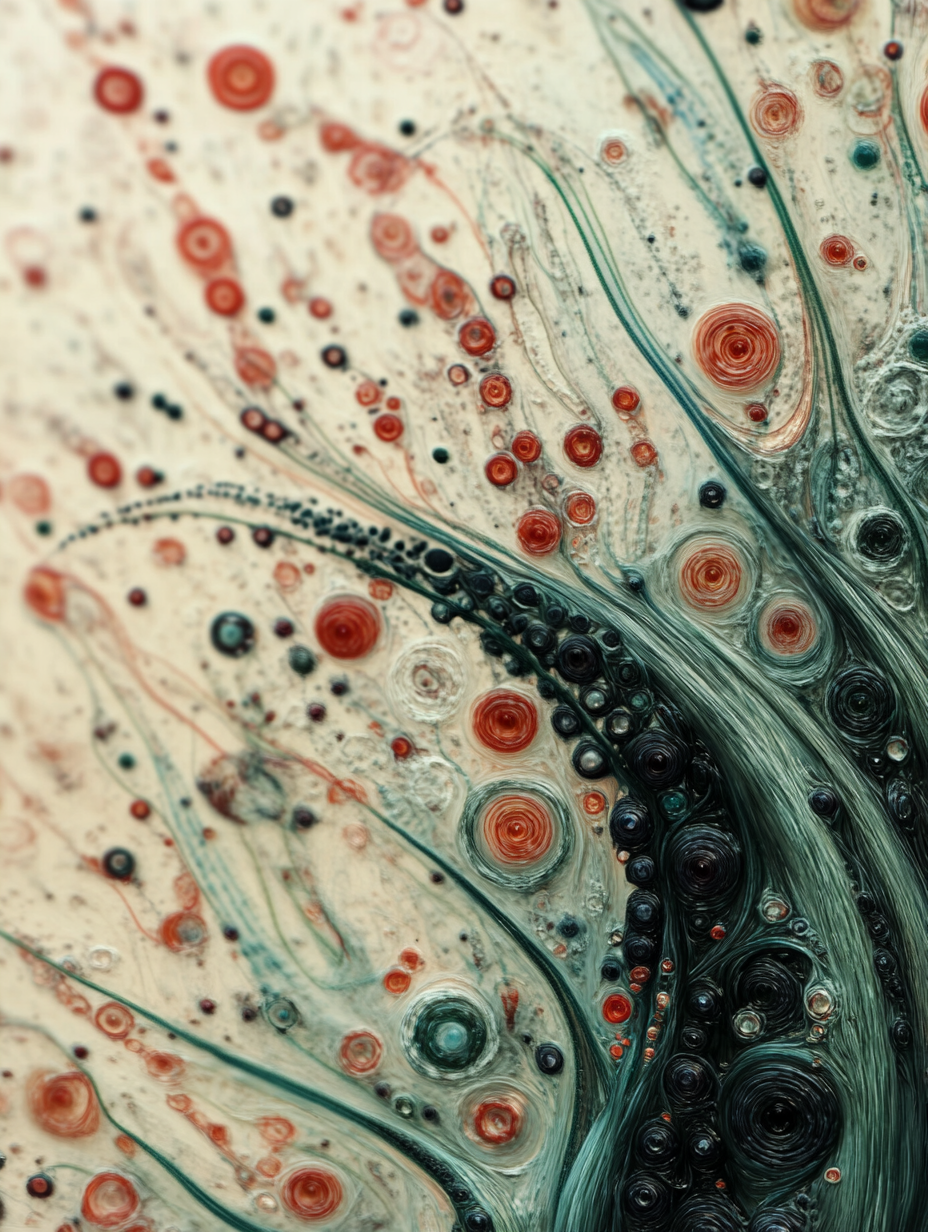A couple of years ago, there was this enormous (and kind of dumb) internet discussion about whether or not people have an internal monologue. Of course, some people do and some people don’t, but the most interesting thing that evolved from the discussion was a sub-discussion in which people began to describe how they think.
The discussion involved a lot of metaphors and descriptions of how people “see” ideas inside their minds, as well as a lot of increased visibility into aphantasia. Many shared that they thought in words or in images; many didn’t. Some people shared that often they didn’t have any thoughts at all.
I cannot fathom existing without thinking. Thoughts are ever present for me, even when I’m sleeping.
That said, I don’t always think in words, or images, or sounds, though sometimes I may think in any combination of these things.
And sometimes, I think in a different way, which I call Interlacement.
Imagine, if you will, the universe.
What visualization, if any, would your mind create?
Do you see stars, planets, and clouds of interstellar dust? Do you see blackness interspersed with tiny pinpricks of stars and solar systems and galaxies? Do you see words or hear sounds? Or envision a photograph of a galaxy from Nasa’s incredible collection? Or perhaps you see a holographic 3D map like you might find on a futuristic space-faring TV show.
That’s what I see.
And that’s how I envision thinking.
The ideas in my mind are a whole universe with galaxies and stars and planets. Sometimes I traverse it with images; sometimes with words; sometimes with sound; sometimes with all of the above.
Sometimes, I zoom in and sometimes I zoom out.
Sometimes I sit and let the movement and flow of my internal universe wash over and around me—I feel my thoughts.
It’s hard for me to imagine only thinking in one way. I think in many ways for different reasons. Sometimes thoughts rise to the surface in specific formats, because that’s the best way to understand the idea. Other times, it’s the connection between ideas that is more important. And that’s not experienced in words or thoughts or sound or monologue, but in thought-thought. The experience of understanding without translation.
The most fundamental unit of thought.
Sometimes, I pull up a song in my mind and listen to it in my head. I’m sorry, I don’t pay royalties on that. I can feel it in my ears.
Sometimes, I watch movies in my head. I can see images, events, movement, color, texture.
Sometimes, I just sit down and let my thoughts exist within me. As just … thought.
My mind isn’t empty. To the contrary, it’s full. The fullest.
Like an ocean of thought, in which everything is connected.
Interlaced.
I can focus in on a single drop of water; or, I can just let myself float.
Interlacement is the shape of my thoughts.


